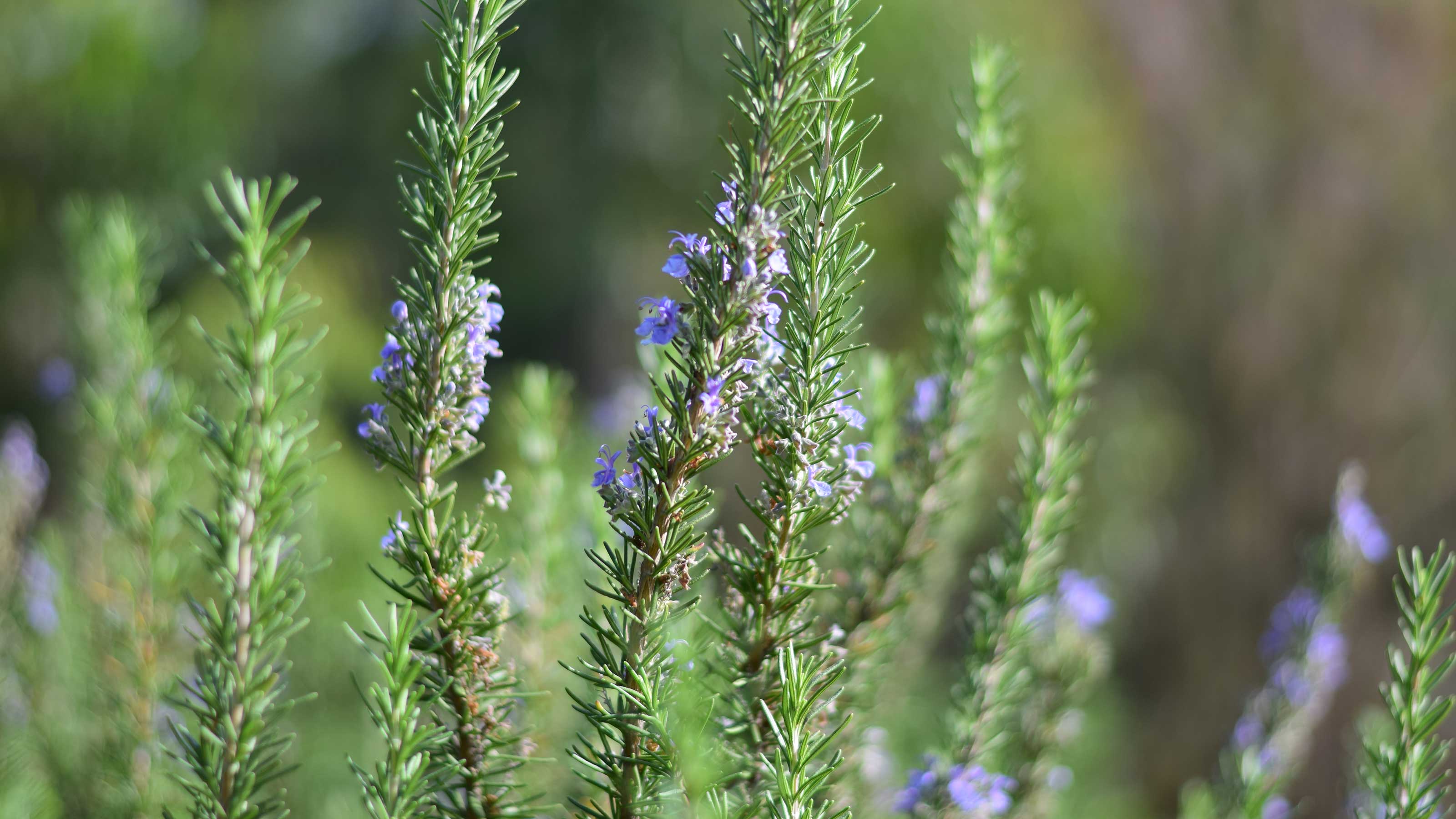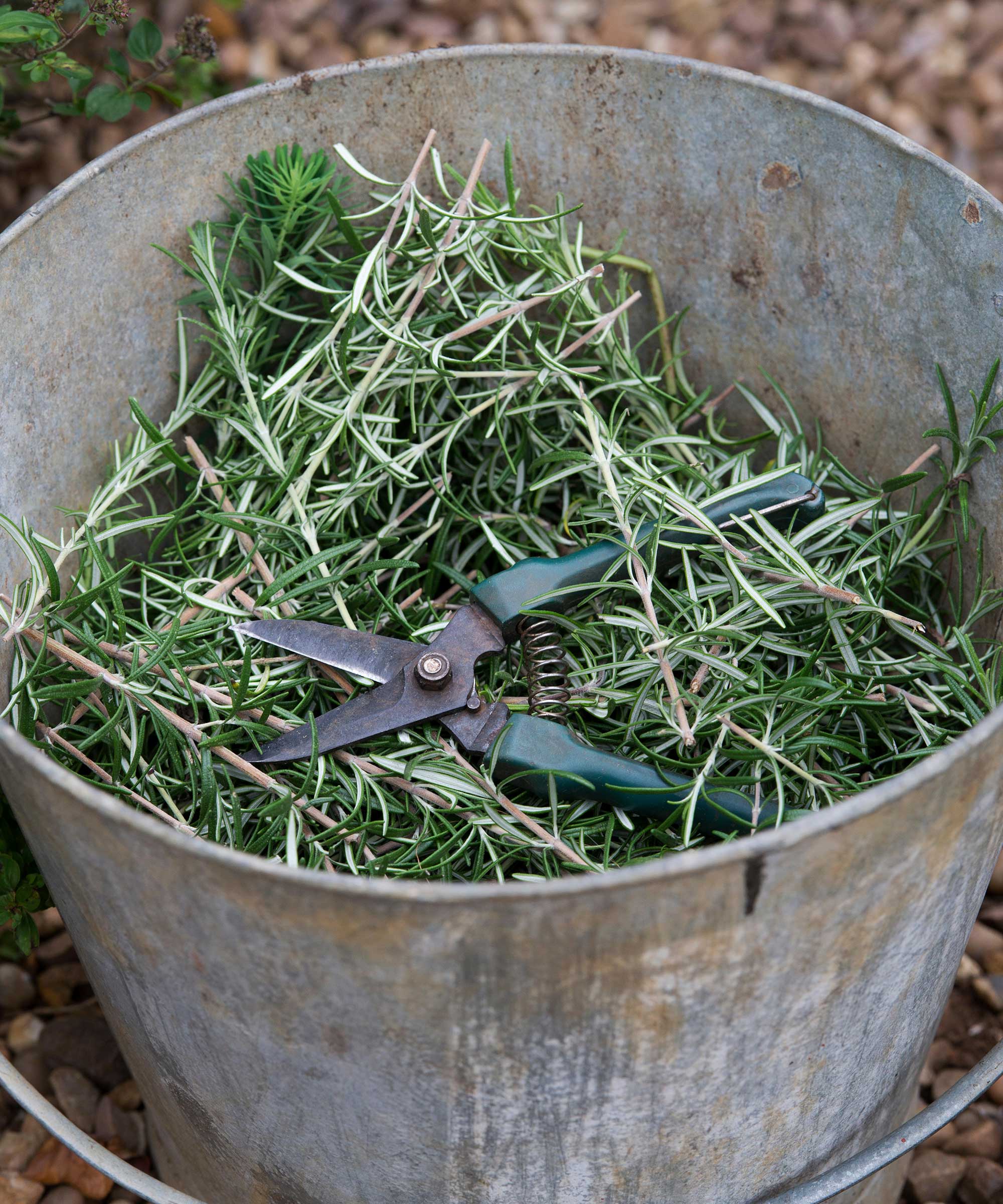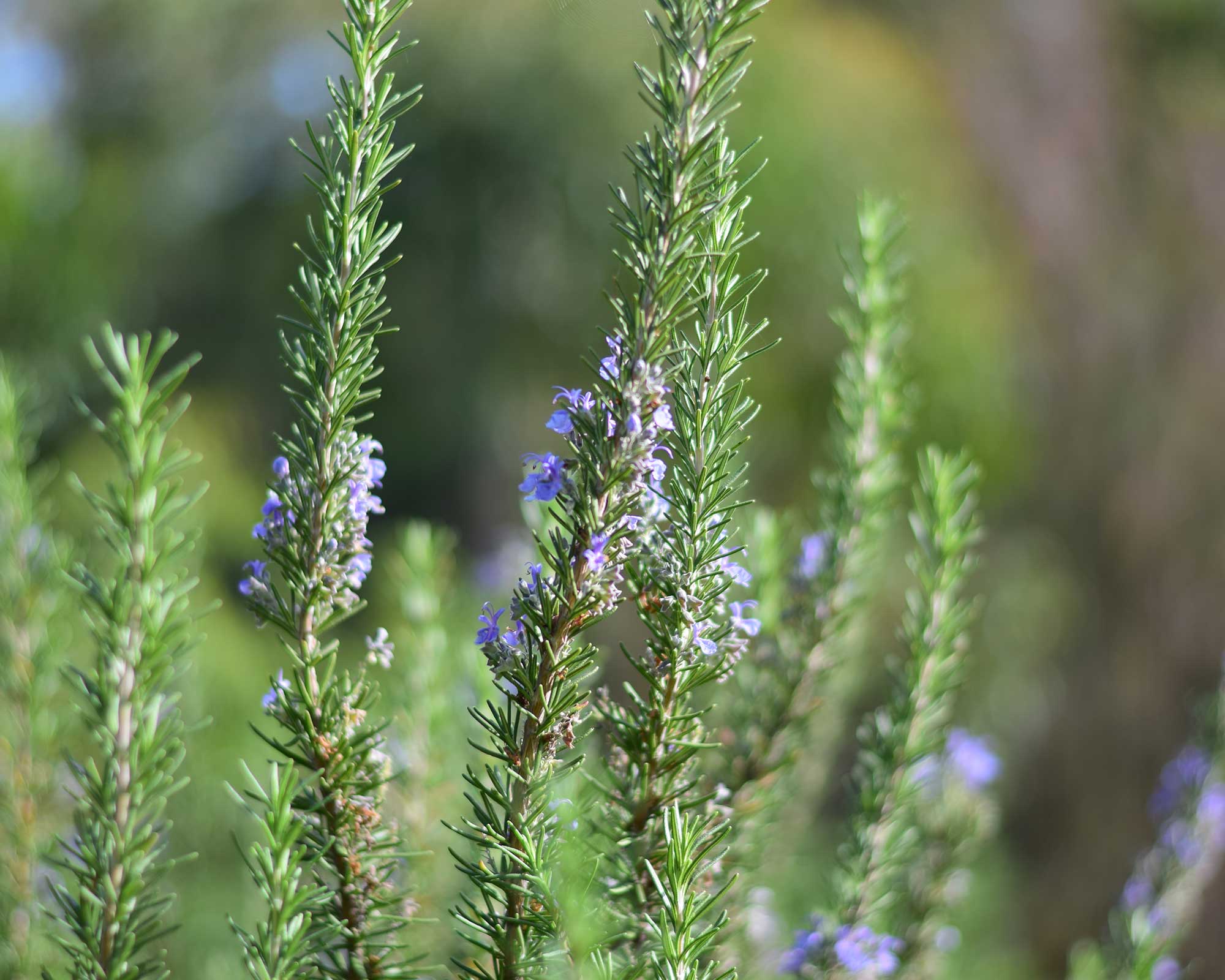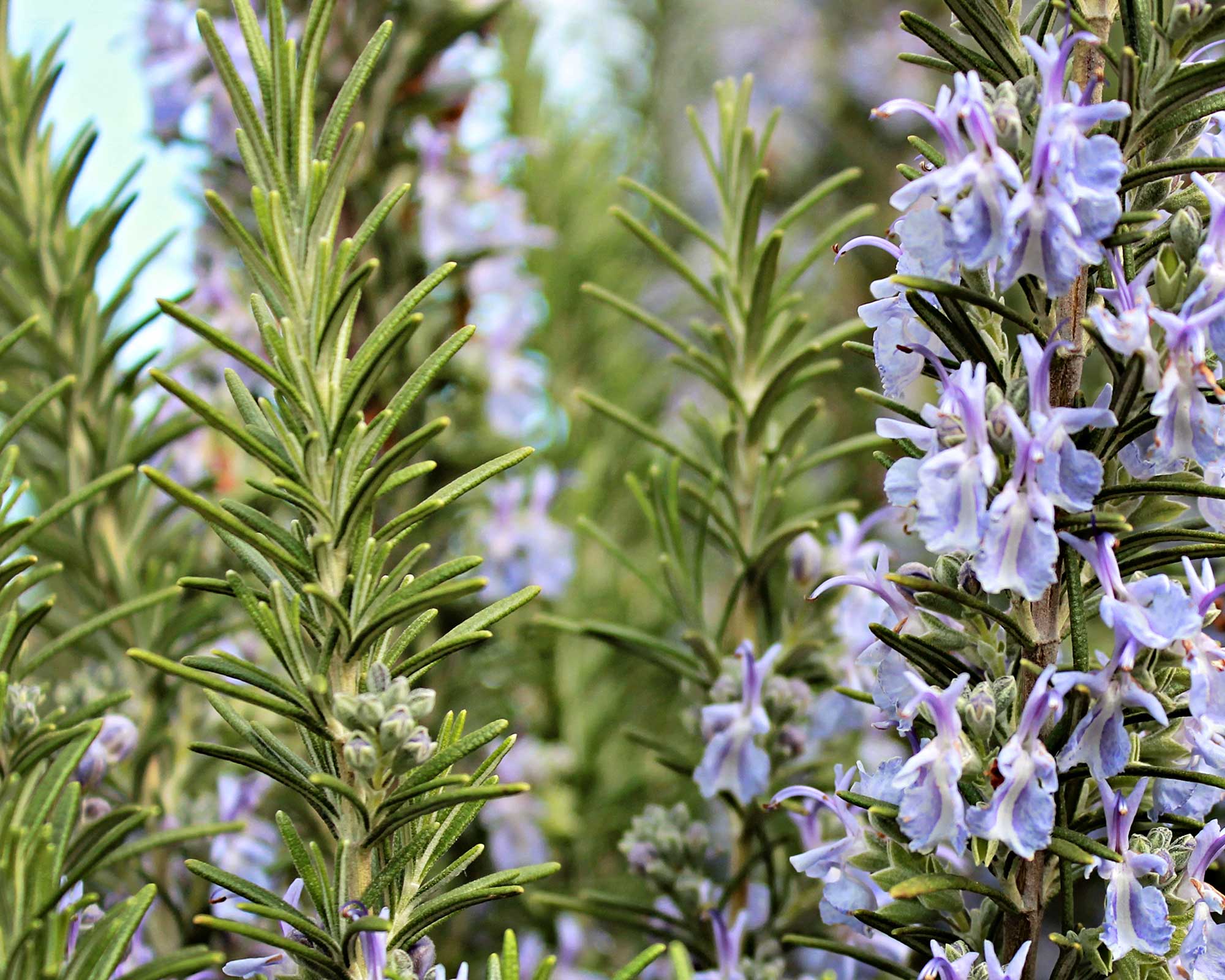How to prune rosemary and when to do it: simple tips for healthy herbs
Our advice on how to prune rosemary plants will help keep yours in tip-top condition, so you can enjoy their flavor and scent for longer


Learning how to prune rosemary is so simple and will reward you with healthy, reinvigorated, and attractive plants. Of course, what you cut off can be used in the kitchen – this fragrant herb can add a flavorsome boost to all kinds of meat and vegetable dishes.
It's important to do, as, after a while, rosemary can begin to grow large, leggy and woody. Not only does this look untidy, but it also results in less of those aromatic leaves and pretty flowers that bees adore. A trim now and again will keep it in shape and encourage fresh new growth year upon year.
The good news is, pruning this plant is even more straightforward than our tips on how to grow rosemary (and that in itself is a breeze). As long as you've got a sharp pair of secateurs, you're halfway there. But, there are a couple of tricks that are definitely worth knowing before you get started, for the best results. We've rounded up all the top tips you need below.

How to prune rosemary: 4 simple steps
Already learnt how to prune lavender? Pruning rosemary is a very similar approach. And there are only four steps to it:
- Take a pair of your best secateurs, making sure they are clean and sharp.
- Start by deadheading any spent flowers.
- Then, cut back 2–3 inches of overly long stems, or enough to bring the shape back to the one desired. Make the cuts just above a lower set of leaves at a slight angle (just as you would do when pruning roses). Avoid cutting back past the lower leaves into old wood – this is too far and will inhibit new growth.
- You can also remove any dead or diseased wood, or branches that cross over one another – this will improve air flow around the plant which leads to healthier growth.
For larger plants and thicker stems, you may need to exchange your secateurs for a pair of the best loppers to ensure a nice clean cut.
Once you've pruned your rosemary, you can use the healthy clippings as a herb for cooking in the kitchen (see below), or for making brand new plants for free. Our guide on how to take cuttings from plants has all the advice you need.

How do you harvest rosemary?
One of the benefits of rosemary is that it's evergreen, which means you can pick the leaves for using in cooking all year round. But according to the RHS, the soft new summer growth has the best flavor. You can simply snip these off as and when needed, being mindful to maintain the overall shape of the plant.
Naturally, after you've pruned your rosemary, you can save the clippings to use. It's unlikely you'll be able to use them all straight away, so hang up the sprigs somewhere warm, dark, and well-ventilated, as says the RHS. When they are completely dried, you can snip the leaves off into an air-tight jar to use at a later date.
Looking for more ways to add a botanical boost to your yard? There are lots of tips on how to create a herb garden in our guide.

When is the best time to prune rosemary?
Once you've learnt how to prune rosemary, it's a good idea to carry out the job annually, to keep your plants in order. The best time to do so is just as the blooms start to fade, says the RHS. This tends to be in mid-summer.
Alternatively, you can prune your rosemary earlier, in the spring. Just make sure any risk of frost has long passed.

What is the lifespan of a rosemary plant?
Although it can live up to 15–20 years, rosemary is similar to lavender in that it will eventually need replacing. This is because the old, unproductive wood will continuously grow taller (although pruning slows it down), resulting in a sparse, leggy, and rather unattractive plant.
Luckily, replacement is simple. And it doesn't have to cost you if you've already grown a new plant from cuttings.
Both lavender and rosemary are perfect picks for bringing a Mediterranean vibe to your backyard. You can find lots of lovely looks to enhance the theme further in our Mediterranean garden ideas feature.

The garden was always a big part of Holly's life growing up, as was the surrounding New Forest where she lived. Her appreciation for the great outdoors has only grown since then. She's been an allotment keeper, a professional gardener, and a botanical illustrator – plants are her passion.
